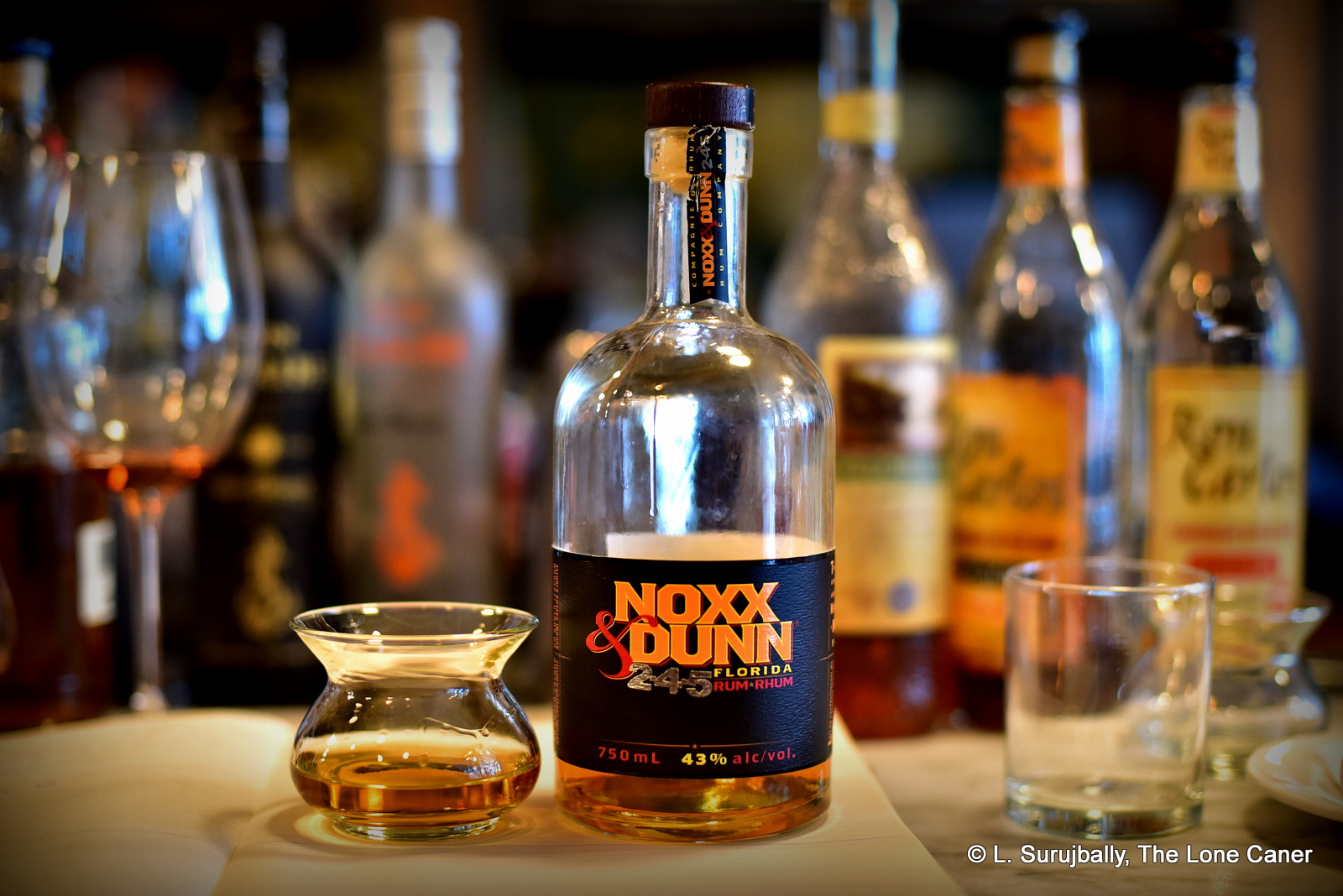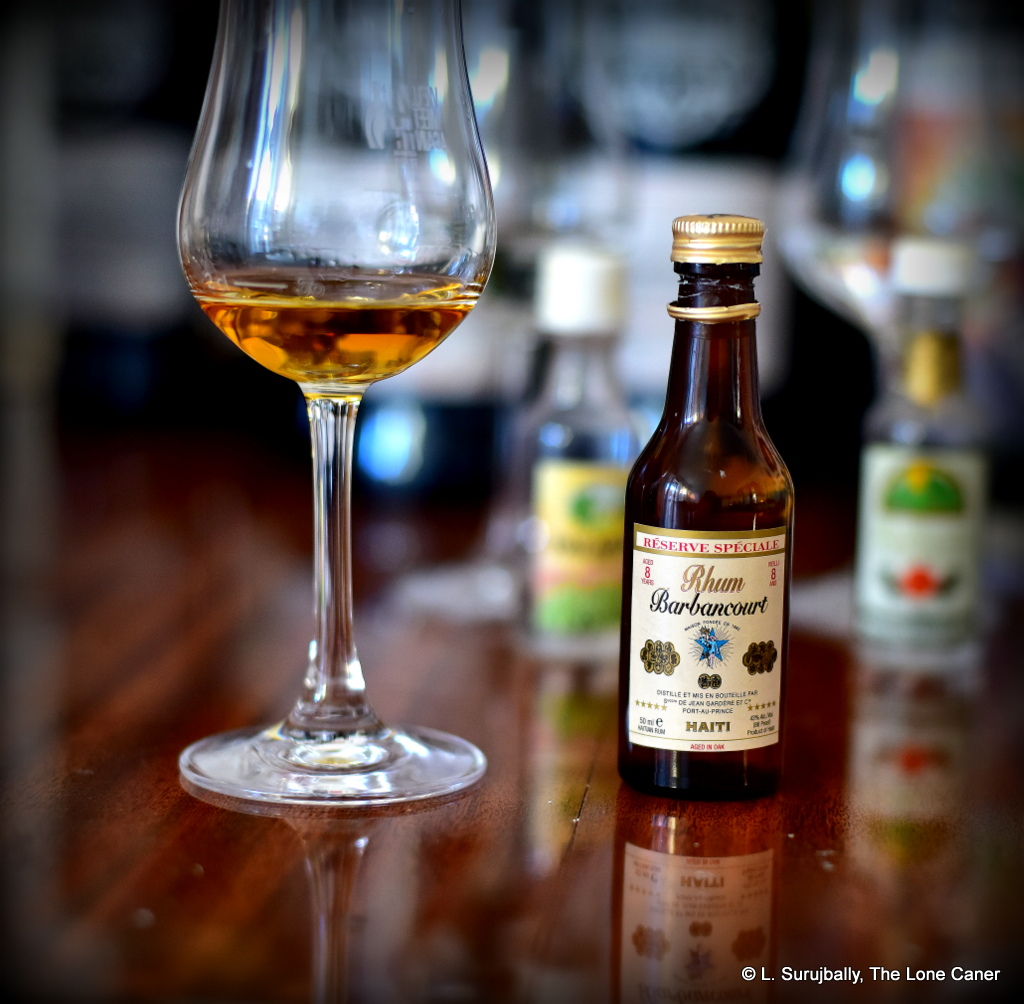
Haiti is unique as a nation because it is where the only successful slave revolt in the world took place, at the turn of the 18th century. Sadly, it is now the poorest country in the western hemisphere, and successive dictatorships, foreign interference and natural disasters have left the place in shambles.
That any businesses manage to survive in such an environment is a testament to their resilience, their determination, their ingenuity….and the quality of what they put out the door. The country has become the leading world producer of vetiver (a root plant used to make essential oils and fragrances), exports agricultural products and is a tourist destination, yet perhaps it is for rum that its exports are best known, and none more so than those of Barbancourt, formed in 1862 and still run by the descendants of the founder.
Until the mid 20th century, Barbancourt was something of a cottage industry, selling primarily to the local market. In 1949 they relocated the sugar cane fields of the Domaine Barbancourt in the plaine du Cul-de-Sac region in the south east, and by 1952 ramped up production, increased exports and transformed the brand into a major producer of quality rum, a distinction it has held ever since.
The rhum, based on sugar cane juice not molasses, used to be double-distilled, using pot stills in a process similar to that used to produce cognac (Dupré Barbancourt came from the cognac-producing region of Charente which was undoubtedly his inspiration); however, nowadays they use a more efficient (if less character-driven) three-column continuous distillation system, where the first column strips the solid matter from the wash and the second and third columns serve to concentrate the resultant spirit…so what is coming to the market now is not what once was made by the company.
Haiti has no shortage of other rhum producing companies – but smaller outfits like Moscoso Distillers or LaRue Distillery are much less well-known and export relatively little, (and back-country clairins are in a different class altogether)…and this makes Barbancourt the de facto rum standard bearer for the half island, and one of the reasons I chose it for this series. This is not to dismiss the efforts of all the others, or the the artisanal quality of the clairins that Velier has brought to world attention since 2014 — just to note that they all, to some extent, live in the shadow of Barbancourt; which in turn, somewhat like Mount Gay, seems in danger of being forgotten as a poster boy for Haiti, now that the pure artisanal rum movement gathers a head of steam.
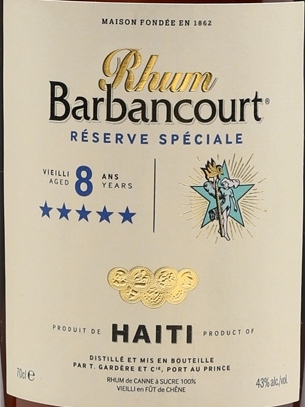
The current label of the 8YO
Barbancourt’s rhums are not issued at full proof: they prefer a relatively tame 40-43%, and every possible price point and strength is not catered to. The company has a relatively small stable of products: the Blanc, the 3-star 4 Year Old, the 5-star 8 Year Old and the flagship 15 year old (Veronelli’s masterful 25 year old is a Barbancourt rhum, but not issued by them). Though if one wanted to get some, then independent bottlers like Berry Bros., Bristol Spirits, Duncan Taylor, Cadenhead, Samaroli, Plantation and Compagnie des Indes (among others) do produce stronger and more exacting limited offerings for the enthusiasts.
Yet even with those few rhums they make, whatever the competition, and whether one calls it a true agricole or not, the rhums coming from Barbancourt remain high on the quality ladder and no rumshelf could possibly be called complete without at least one of them. After trying and retrying all three major releases, my own conclusion was that at the intersection of quality and price, the one that most successfully charts a middle course between the older and the younger expressions is the 5-star 8 year old (I looked at it last way back in 2010, as well as one earlier version from back in the 1970s) which remains one of the workhorses of the company and the island, an excellent mid-level rum that almost defines Barbancourt.
It does display, however, somewhat of a schizophrenic profile. Take the nose, for example – it almost seems like a cross between a molasses based rum and an agricole. While it certainly possesses the light, herbal aroma of a cane-juice distillate, it also smells of a light kind of brown sugar and molasses mixed up with some bananas and vanilla (it was aged in French oak on Haiti, which may account for the latter). There’s also a sly briny background, combined with a pleasant hints of nougat and well polished leather, plus the subdued acidity of green apples, grapes and cumin. Not all that intense at 43%, but excellent as an all-rounder for sure.
What the nose promises, the palate delivers, and yet that peculiar dichotomy continues. It’s soft given the strength, initially tasting of caramel, toblerone, almonds and vague molasses and vanilla (again). Brine and olives. Spices – cumin, cinnamon, plus raisins, a certain delicate grassiness and maybe a plum or two (fruitiness is there, just understated). Nope, it doesn’t feel like a completely cane juice distillate, or, at best, if feels like an amalgam leading neither one way or the other, and the close sums all that up. It’s medium long, with salt caramel ice cream, vanilla, a bit of raisins and plums, a fine line of citrus, a little cinnamon dusting, and a last reminder of oaky bitterness in a relatively good, dry finish.
What makes the Barbancourt 8 YO so interesting — even unique — is the way the makers played with the conventions and steered a center line that draws in lovers of other regions while not entirely abandoning the French island antecedents. It reminds me more of a Guadeloupe rhum than an out-and-out agricole from Martinique, with perhaps a pinch of Bajan thrown in. However, it’s in no way heavy enough to invite direct comparisons to any Demerara or Jamaican product.
So, does it fail as a Key Rum because of its indeterminate nature, or because it lacks the fierce pungency of a clairin, the full grassy nature of a true agricole?
Not at all, and not to me. It’s a completely solid rhum with its own clear profile, that succeeds at being drinkable and enjoyable on all levels, without being visibly exceptional in any specific way and sold at a price point that makes it affordable to the greater rum public out there. Many reviewers and most drinkers have come across it at least once in their journey (much more so than those who have tried clairins) and few have anything bad to say about it. It’s been made for decades, is well known and well regarded — not just because it’s from Haiti, but because it also has a great price to value ratio. There’s a lot of talk about “gateway” rums, cheaper and sometimes-adulterated rums that are good enough to enjoy and savour, that lead to more and better down the road. It’s usually applied to the Zacapas, Zayas, Diplos and younger rums of this world, but if you ever want to get more serious about aged agricoles, then the Barbancourt 8 YO may actually be one of those that actually deserves the title, and remains, even after all these years, a damned fine place to start your investigations.
(#592)(84/100)
Other Notes
In a curious coincidence, a post on reddit that did a brief review of this rhum went up just a few days before this was published. There are some good links contained within the commentary.
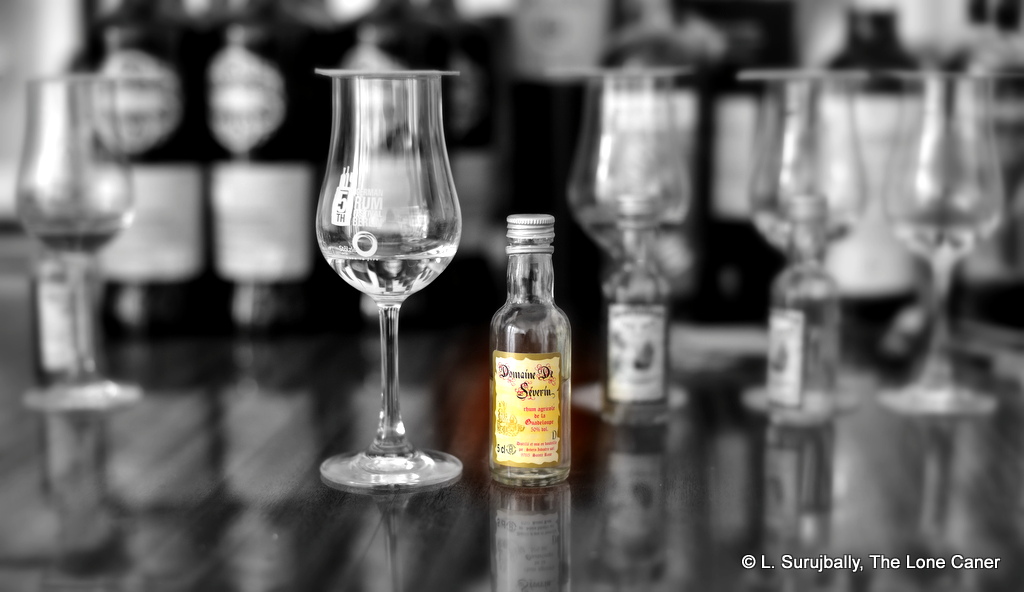
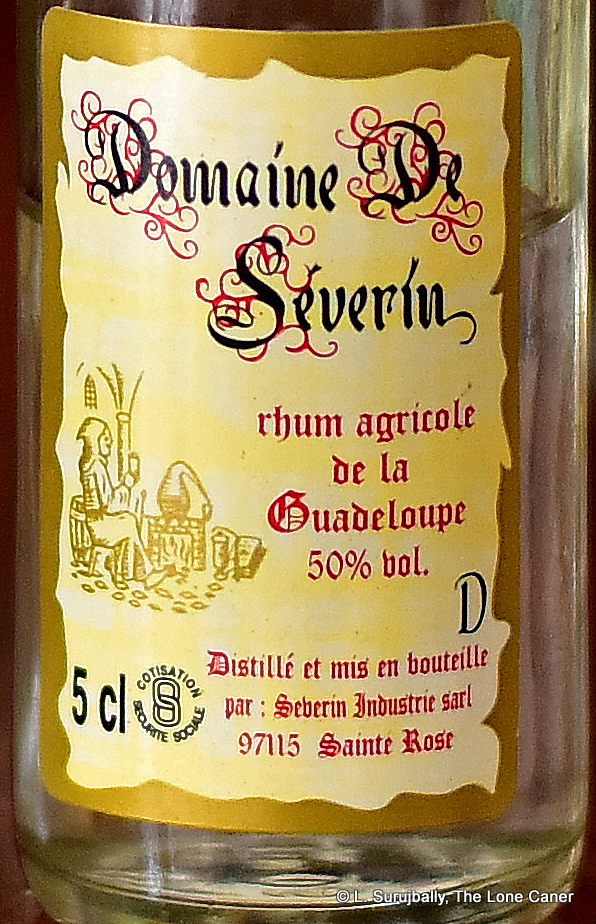 Nose – Starts off with plastic, rubber and acetones, which speak to its (supposed) unaged nature; then it flexes its cane-juice-glutes and coughs up a line of sweet water, bright notes of grass, sugar cane sap, brine and sweetish red olives. It’s oily, smooth and pungent, with delicate background notes of dill and cilantro lurking in the background. And some soda pop.
Nose – Starts off with plastic, rubber and acetones, which speak to its (supposed) unaged nature; then it flexes its cane-juice-glutes and coughs up a line of sweet water, bright notes of grass, sugar cane sap, brine and sweetish red olives. It’s oily, smooth and pungent, with delicate background notes of dill and cilantro lurking in the background. And some soda pop. 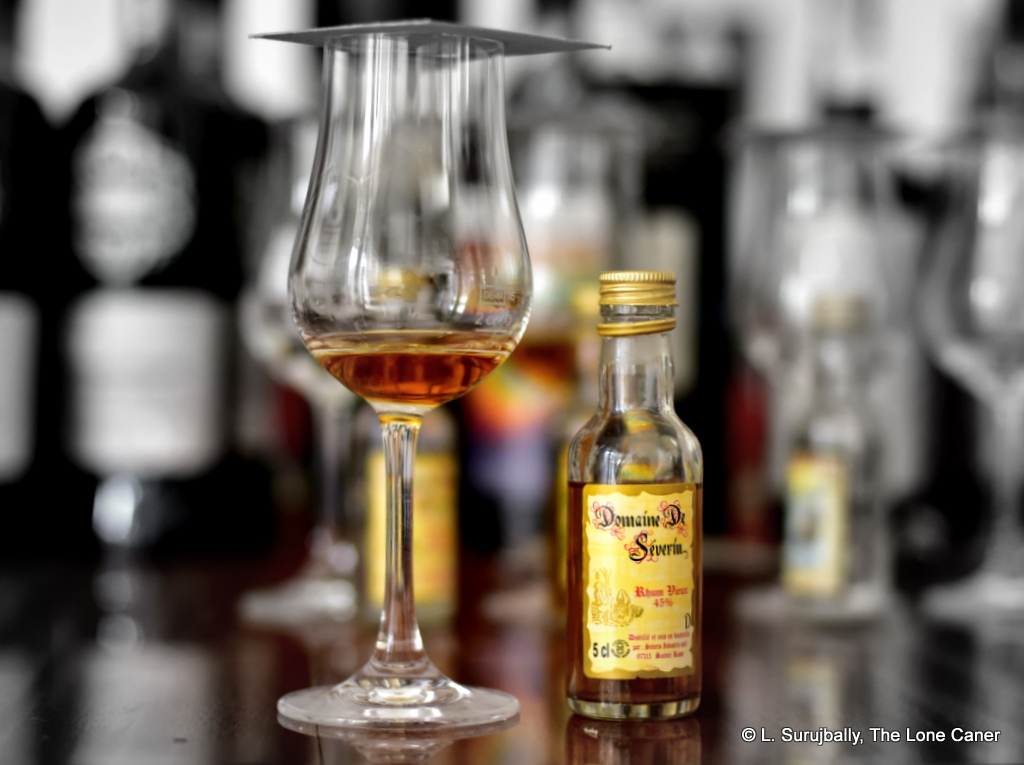
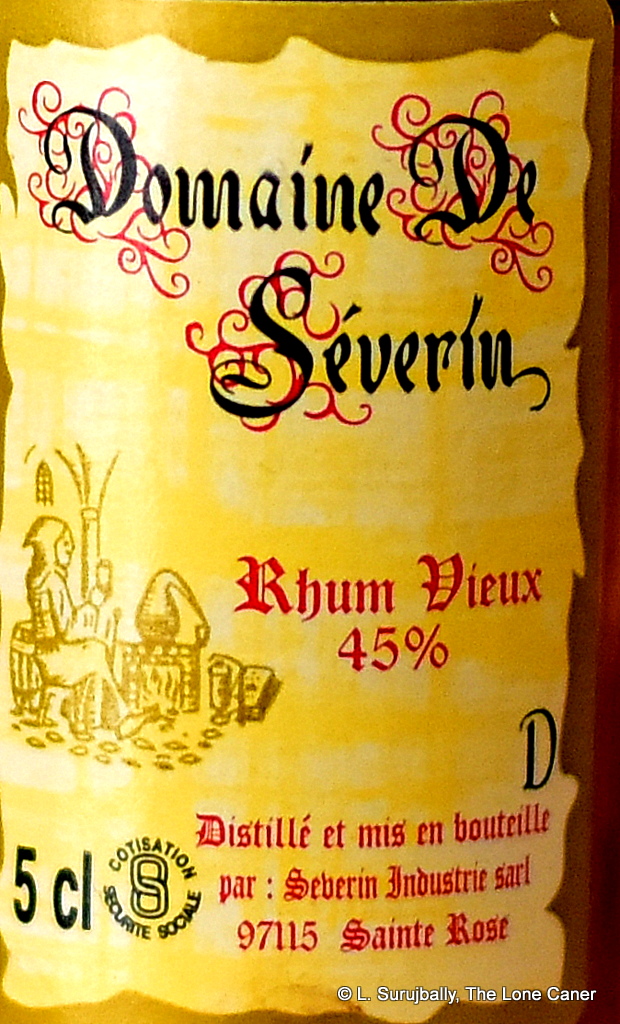 Colour – Gold
Colour – Gold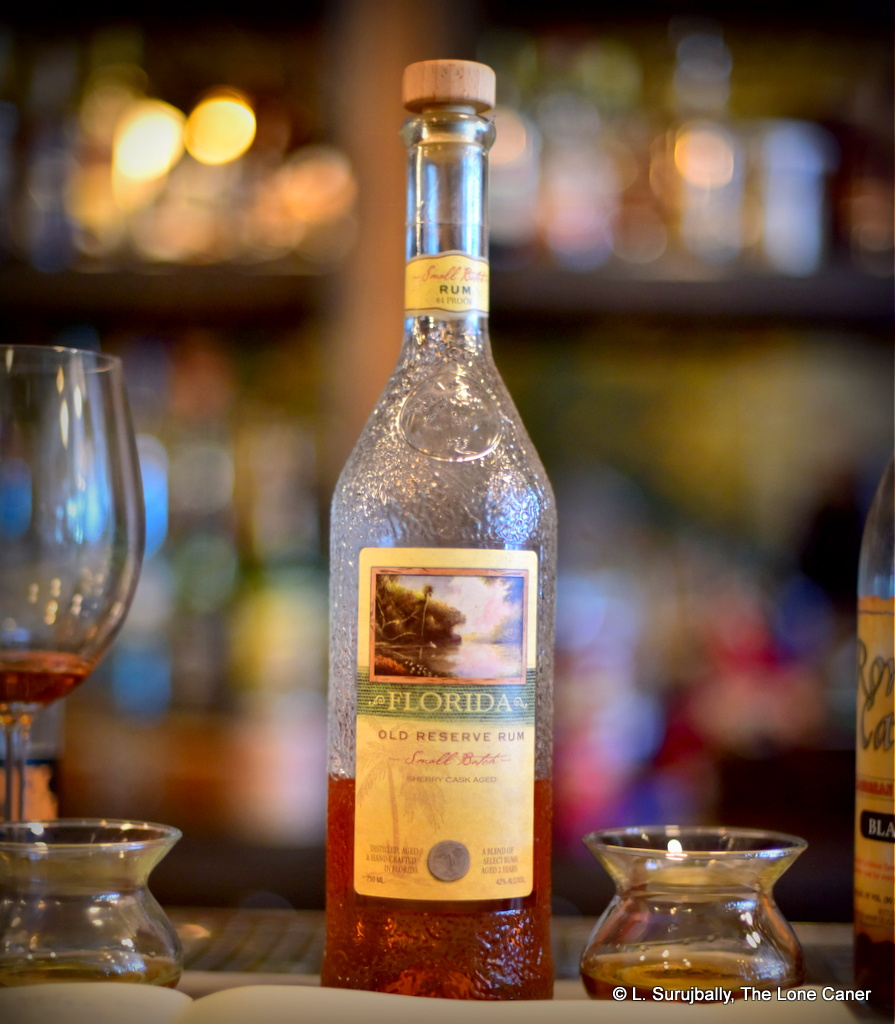
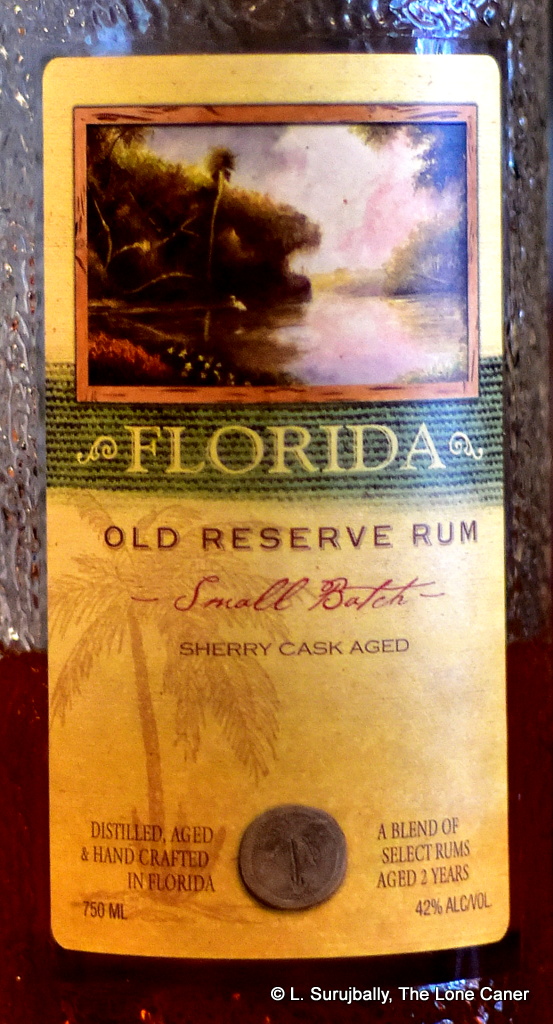 What it is, is a blend of “select rums” aged two years in sherry casks, issued at 42% and gold-coloured. One can surmise that the source of the molasses is the same as the Noxx & Dunn, cane grown in the state (unless it’s in Puerto Rico). Everything else on the front and back labels can be ignored, especially the whole business about being “hand-crafted,” “small batch” and a “true Florida rum” – because those things give the misleading impression this is indeed some kind of artisan product, when it’s pretty much a low-end rum made in bulk from column still distillate; and I personally think is neutral spirit that’s subsequently aged and maybe coloured (though they deny any additives in the rum).
What it is, is a blend of “select rums” aged two years in sherry casks, issued at 42% and gold-coloured. One can surmise that the source of the molasses is the same as the Noxx & Dunn, cane grown in the state (unless it’s in Puerto Rico). Everything else on the front and back labels can be ignored, especially the whole business about being “hand-crafted,” “small batch” and a “true Florida rum” – because those things give the misleading impression this is indeed some kind of artisan product, when it’s pretty much a low-end rum made in bulk from column still distillate; and I personally think is neutral spirit that’s subsequently aged and maybe coloured (though they deny any additives in the rum).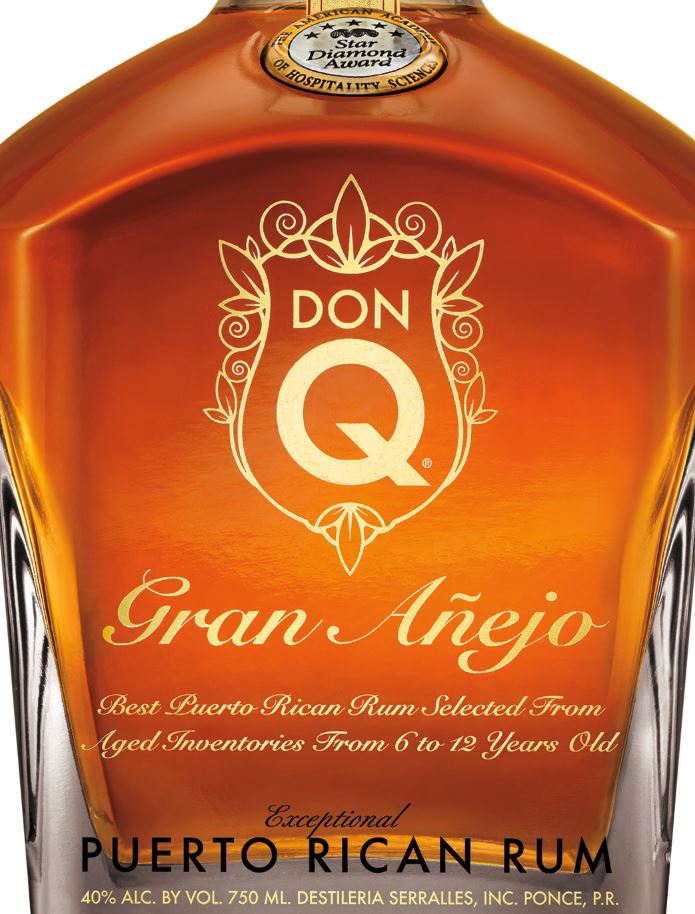 It’s a peculiarity of the sheer volume of rums that cross my desk, my glass and my glottis, that I get to taste rums some people would give their left butt cheek for, while at the same time juice that is enormously well known, talked about, popular and been tried by many….gets missed.
It’s a peculiarity of the sheer volume of rums that cross my desk, my glass and my glottis, that I get to taste rums some people would give their left butt cheek for, while at the same time juice that is enormously well known, talked about, popular and been tried by many….gets missed.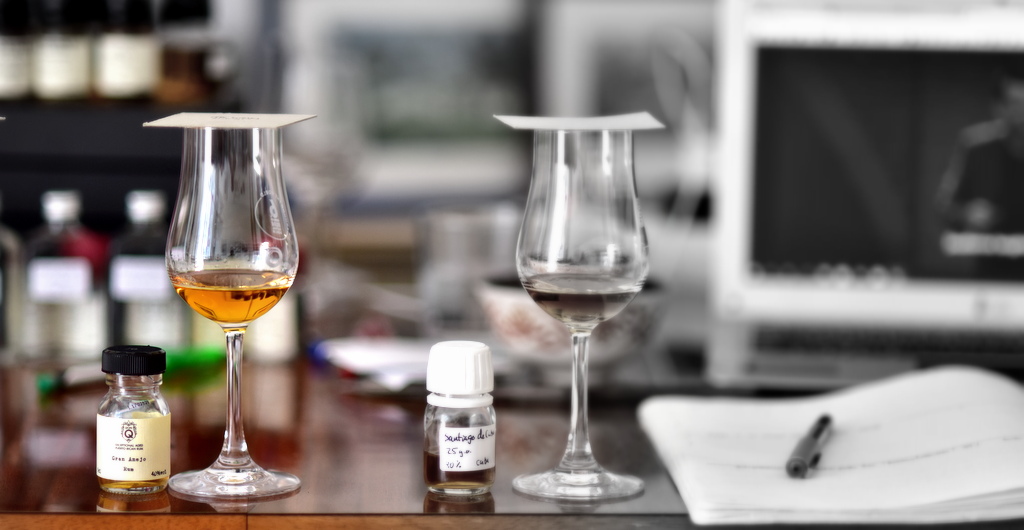
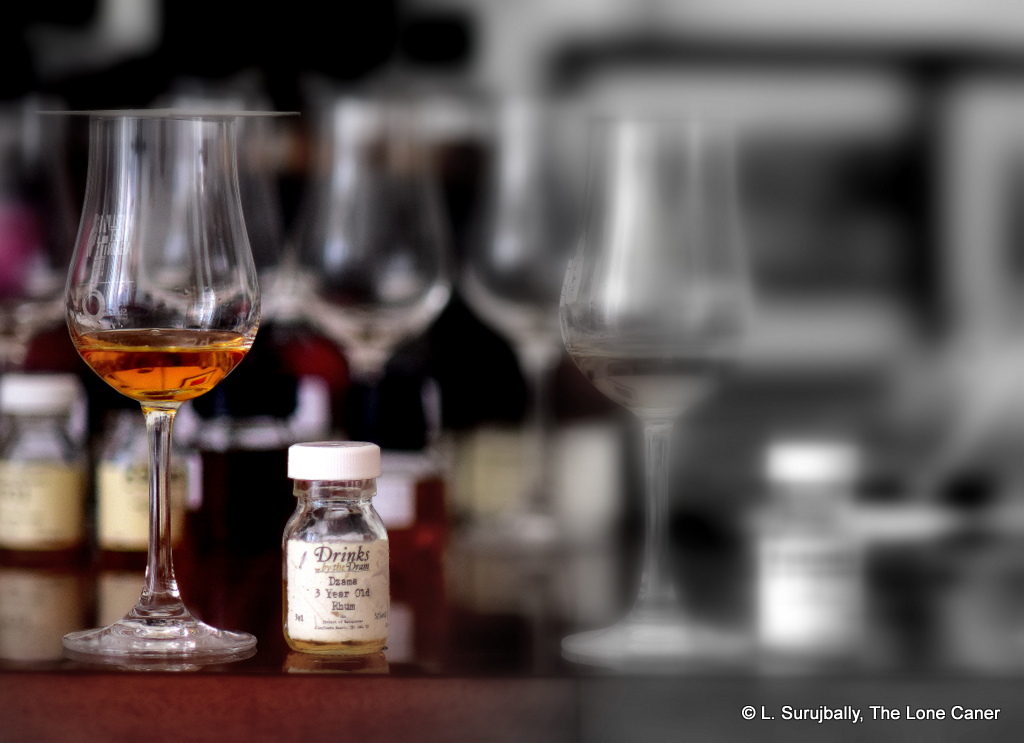
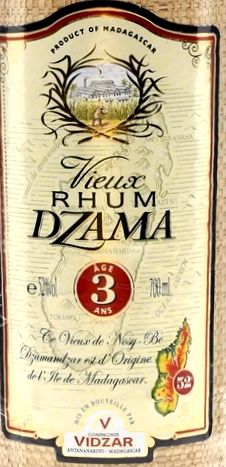 All that said, there isn’t much on the company website about the technical details regarding the 3 year old we’re looking at today. It’s a column still rum, unadded-to, aged in oak barrels, and my sample clocked in at 52%, which I think is an amazing strength for a rum so young – most producers tend to stick with the tried-and-true 40-43% (for tax and export purposes) when starting out, but not these guys.
All that said, there isn’t much on the company website about the technical details regarding the 3 year old we’re looking at today. It’s a column still rum, unadded-to, aged in oak barrels, and my sample clocked in at 52%, which I think is an amazing strength for a rum so young – most producers tend to stick with the tried-and-true 40-43% (for tax and export purposes) when starting out, but not these guys.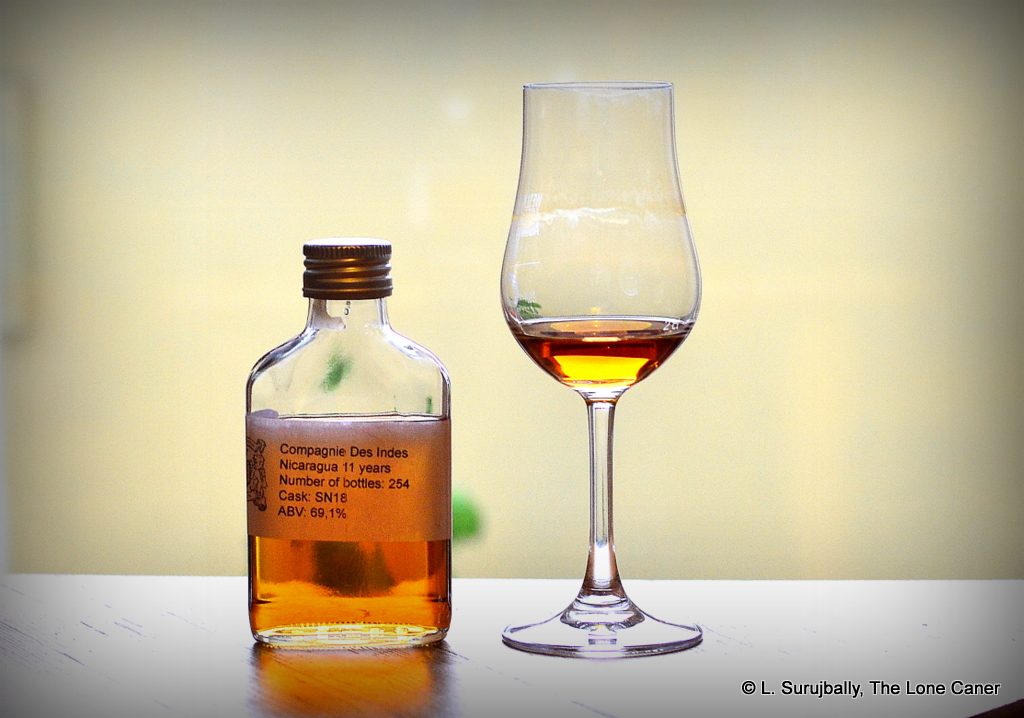
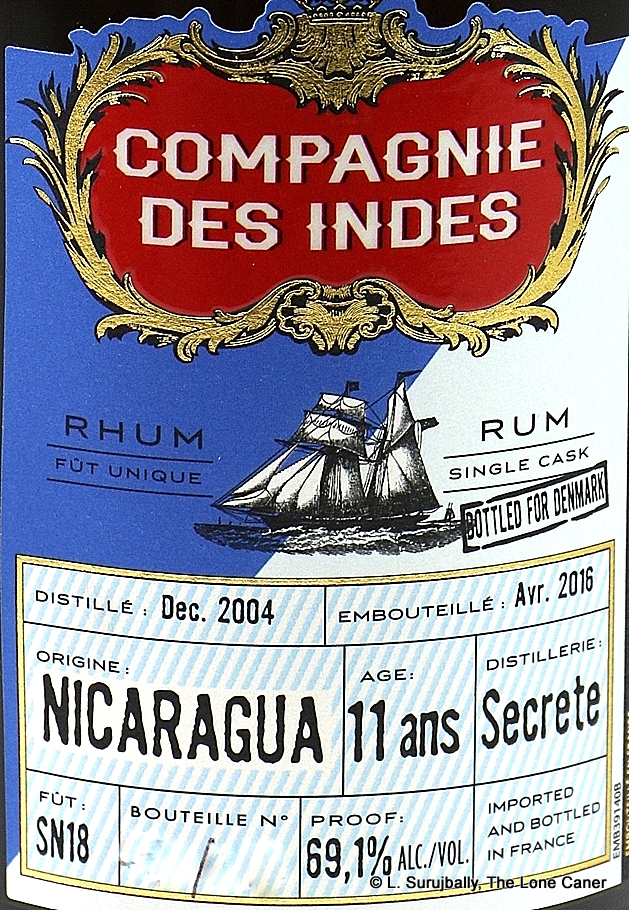 That’s not to say that in this case the
That’s not to say that in this case the 


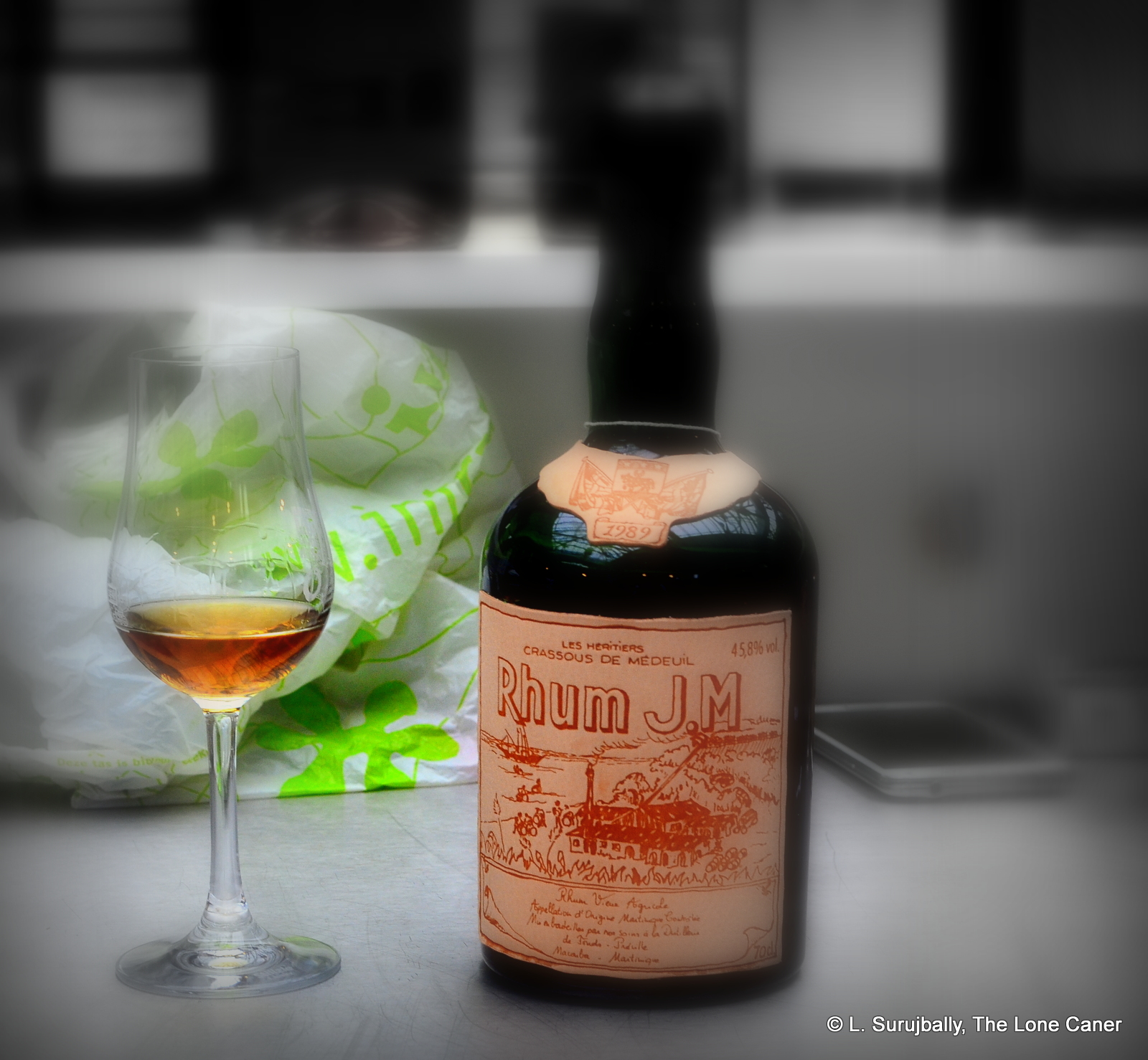
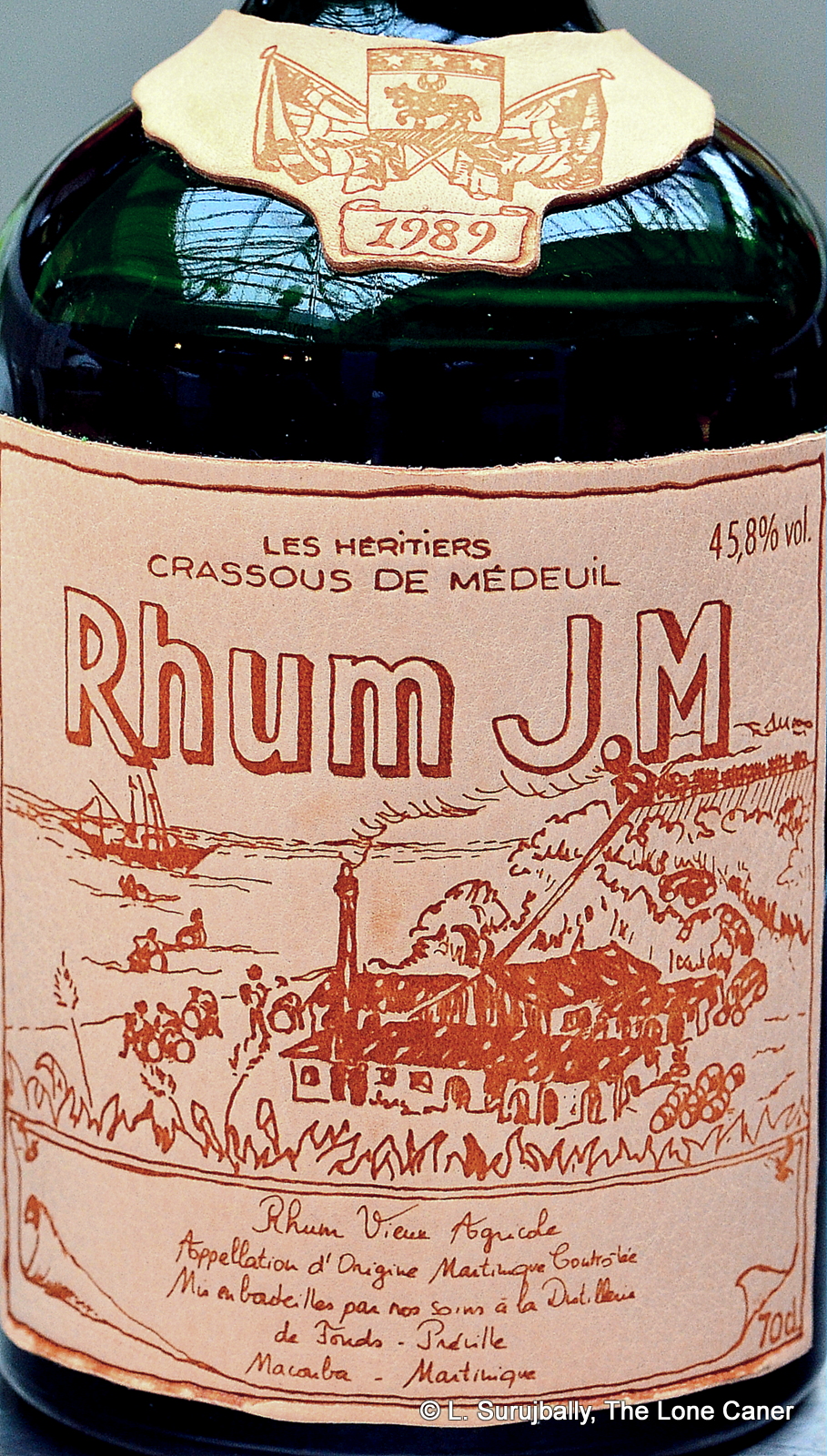
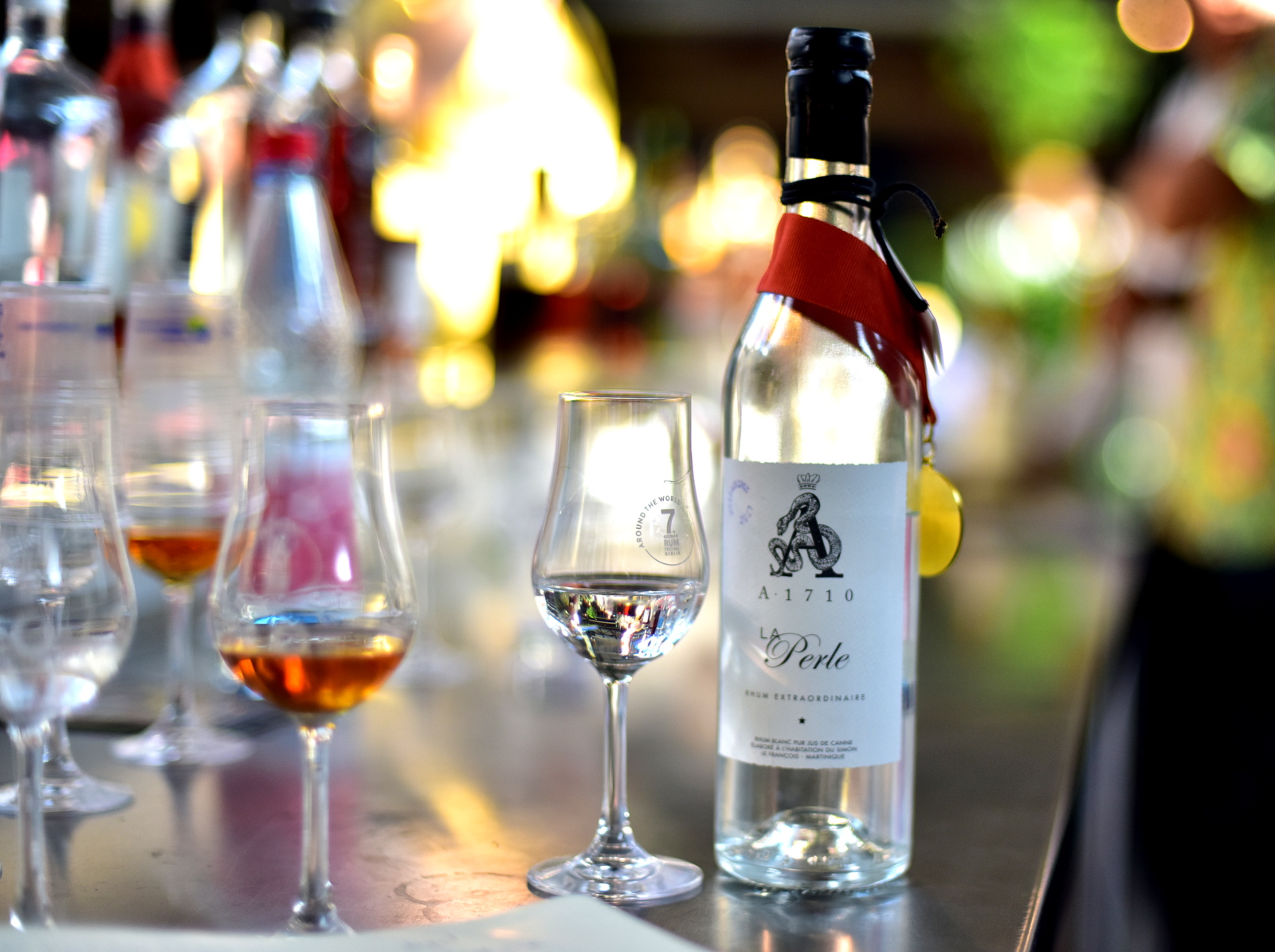

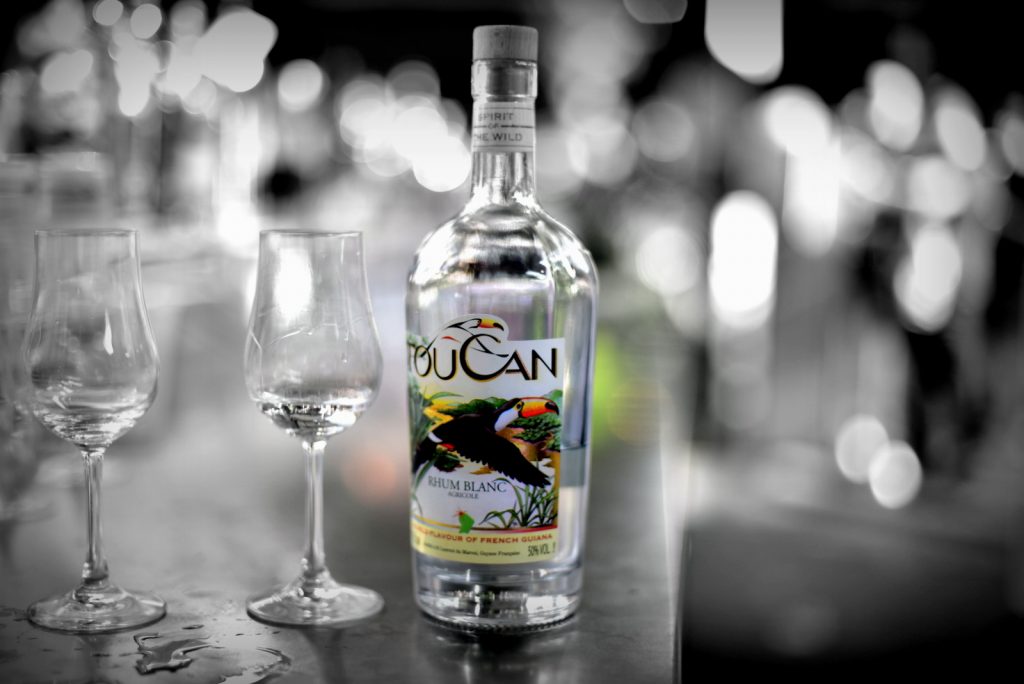
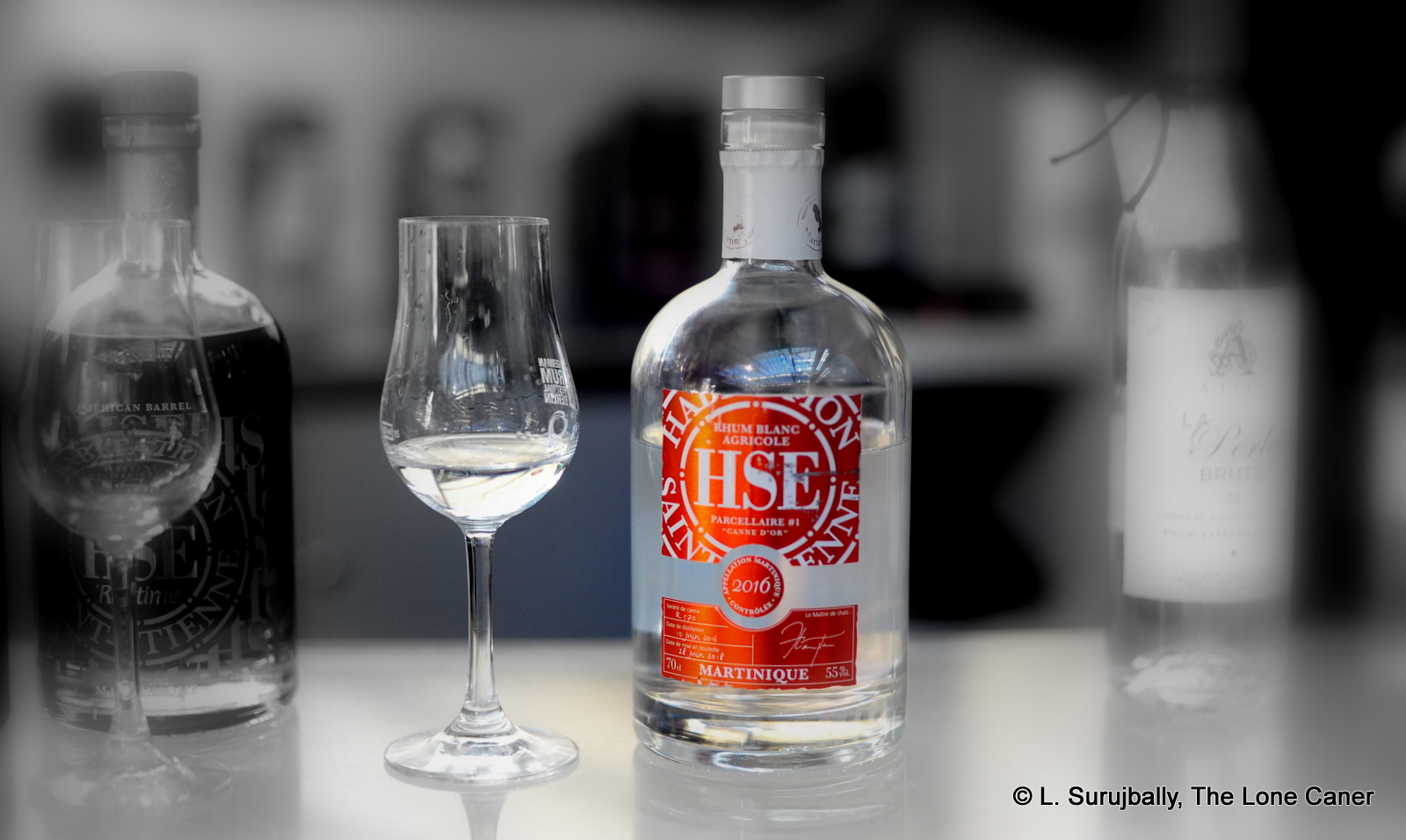
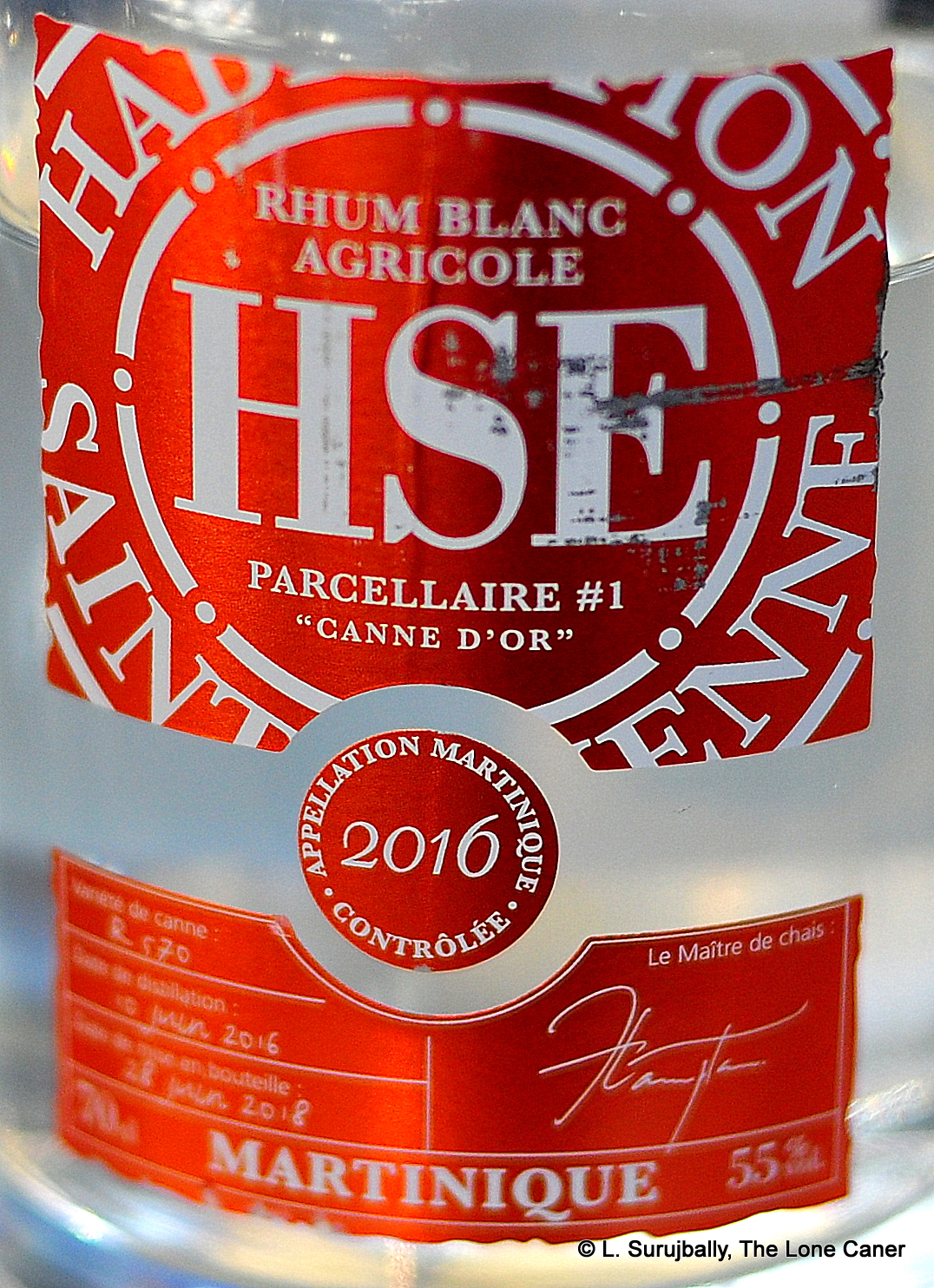
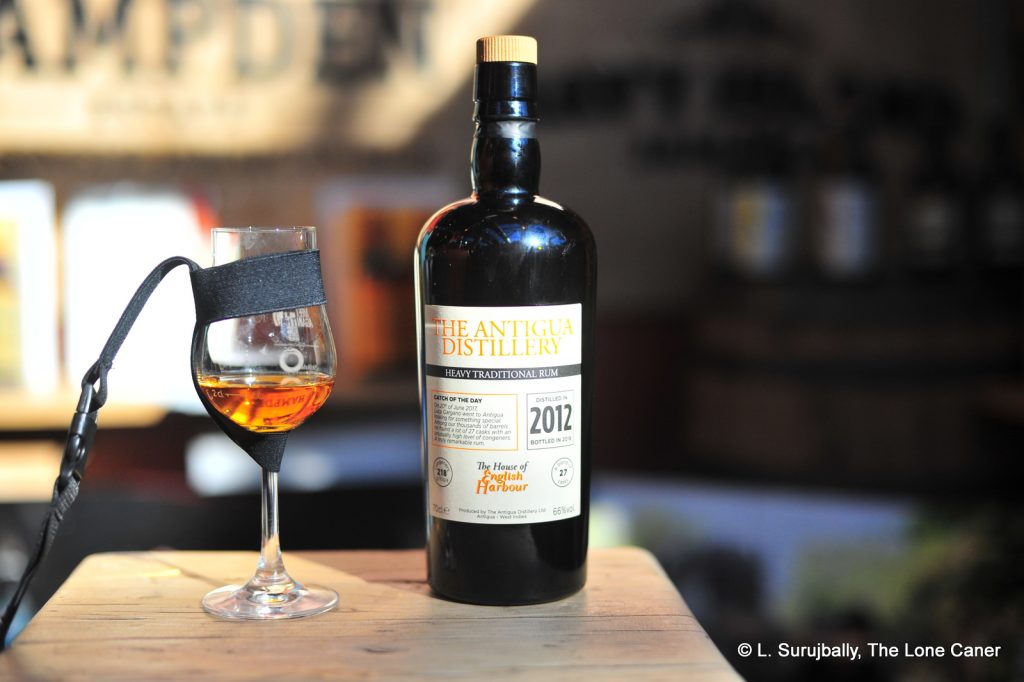
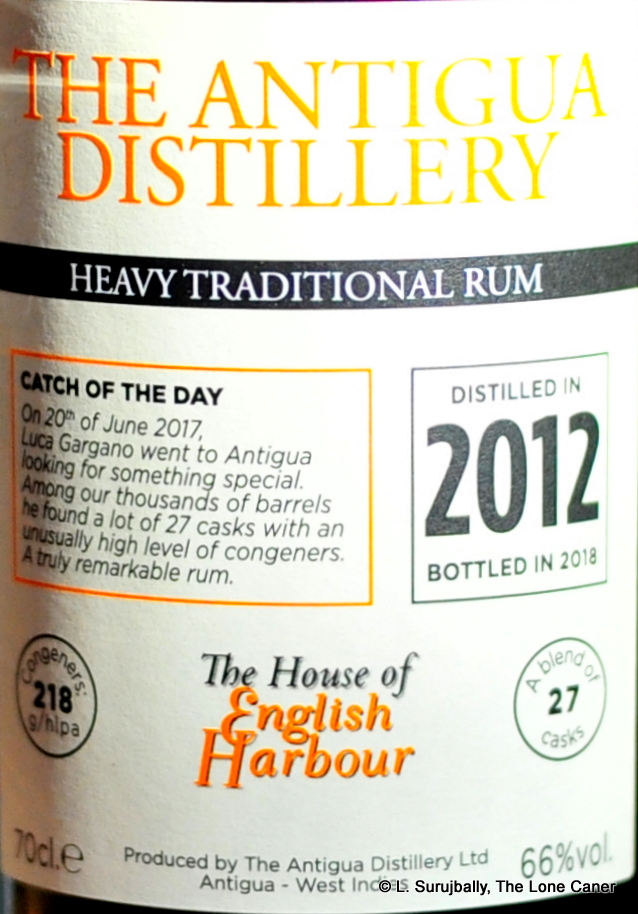 To be honest, the initial nose reminds me rather more of a Guyanese Uitvlugt, which, given the still of origin, may not be too far out to lunch. Still, consider the aromas: they were powerful yet light and very clear – caramel and pancake syrup mixed with brine, vegetable soup, and bags of fruits like raspberries, strawberries, red currants. Wrapped up within all that was vanilla, cinnamon, cloves, cumin, and light citrus peel. Honestly, the assembly was so good that it took effort to remember it was bottled at a hefty 66% (and wasn’t from Uitvlugt).
To be honest, the initial nose reminds me rather more of a Guyanese Uitvlugt, which, given the still of origin, may not be too far out to lunch. Still, consider the aromas: they were powerful yet light and very clear – caramel and pancake syrup mixed with brine, vegetable soup, and bags of fruits like raspberries, strawberries, red currants. Wrapped up within all that was vanilla, cinnamon, cloves, cumin, and light citrus peel. Honestly, the assembly was so good that it took effort to remember it was bottled at a hefty 66% (and wasn’t from Uitvlugt).
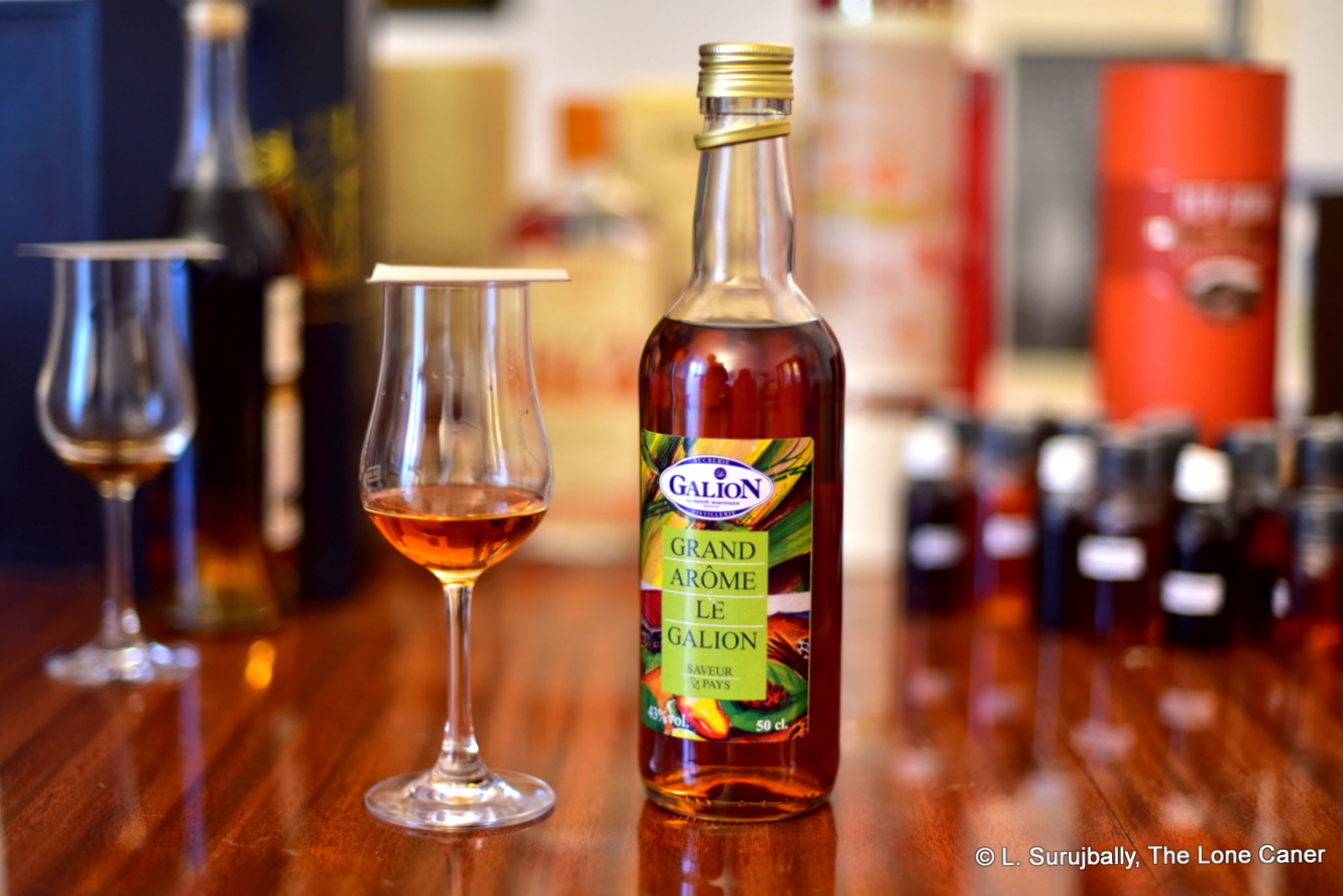
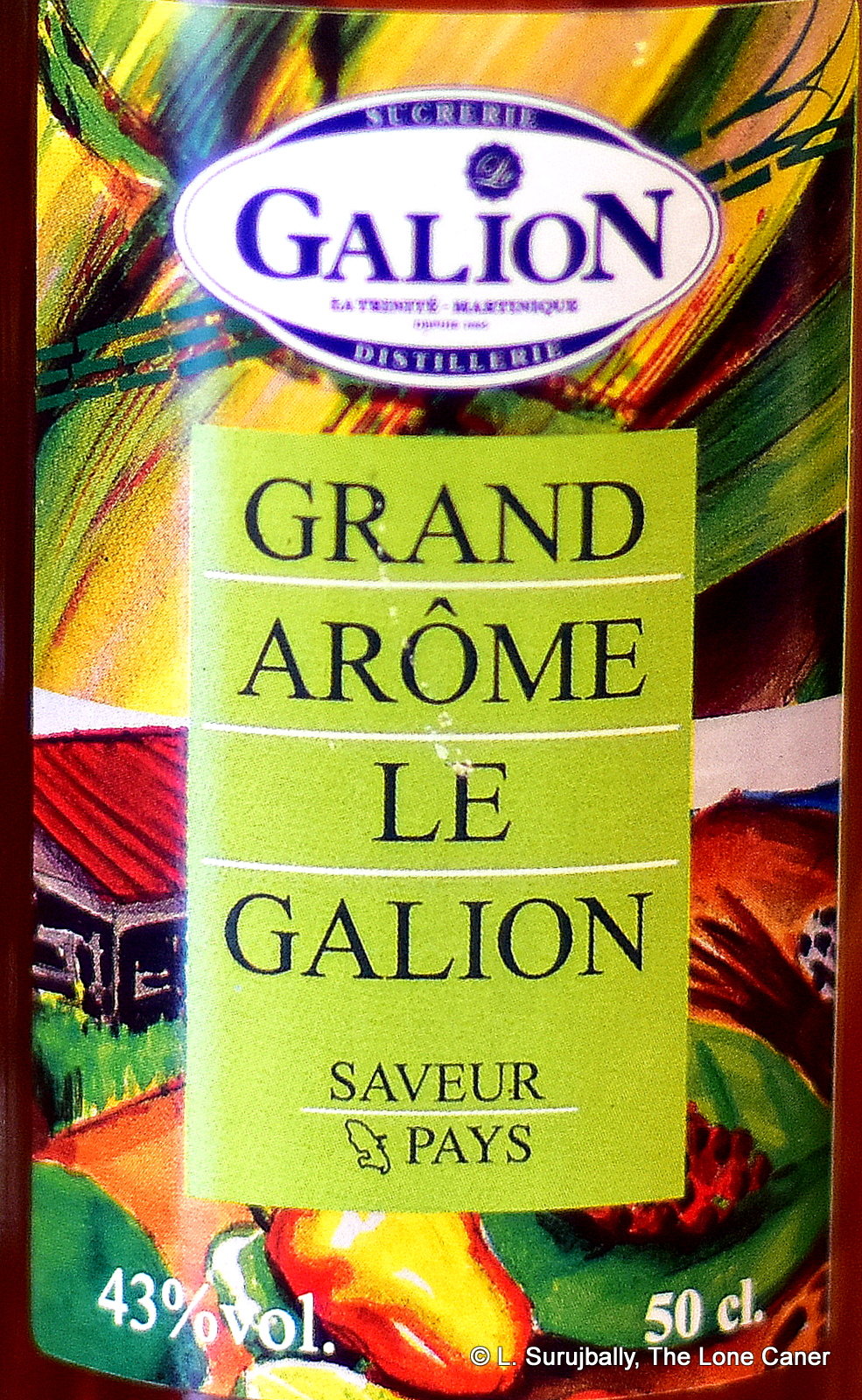 The pattern repeated itself as I tasted it, starting off sharp, uncouth, jagged, raw…and underneath all that was some real quality. There were caramel, salty cashews, marshmallows, brown sugar (
The pattern repeated itself as I tasted it, starting off sharp, uncouth, jagged, raw…and underneath all that was some real quality. There were caramel, salty cashews, marshmallows, brown sugar (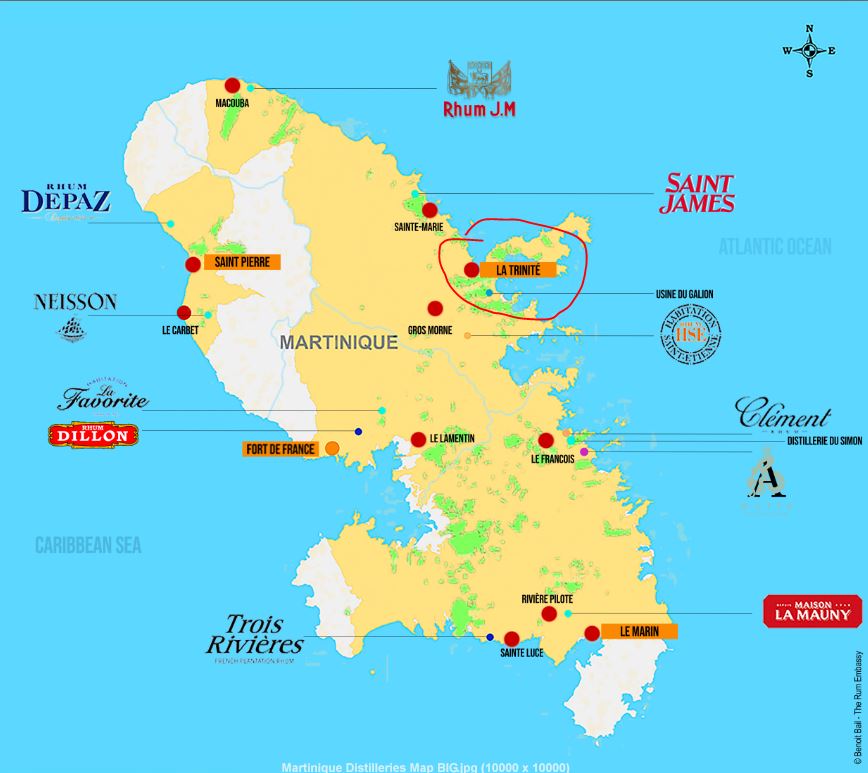
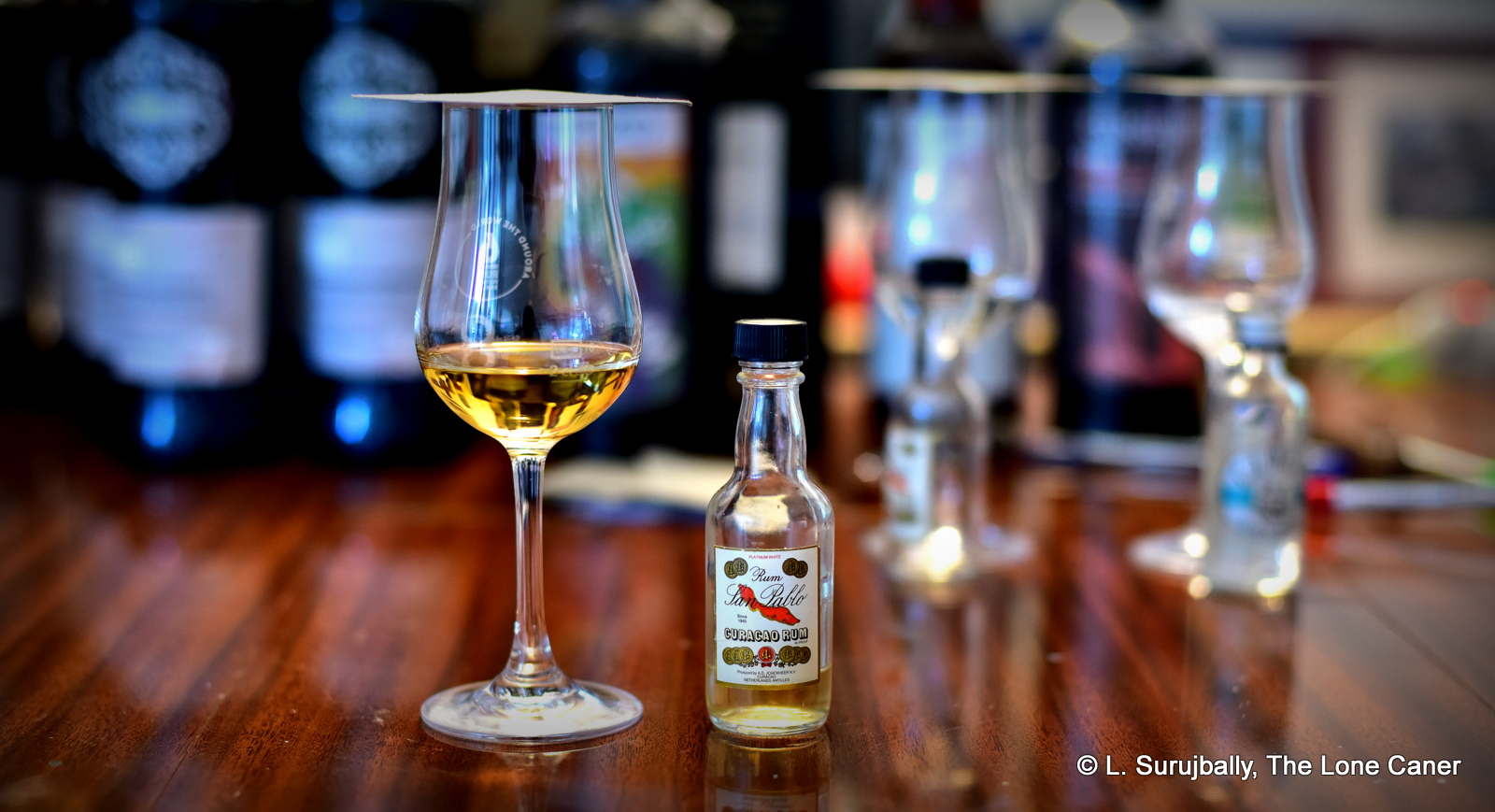
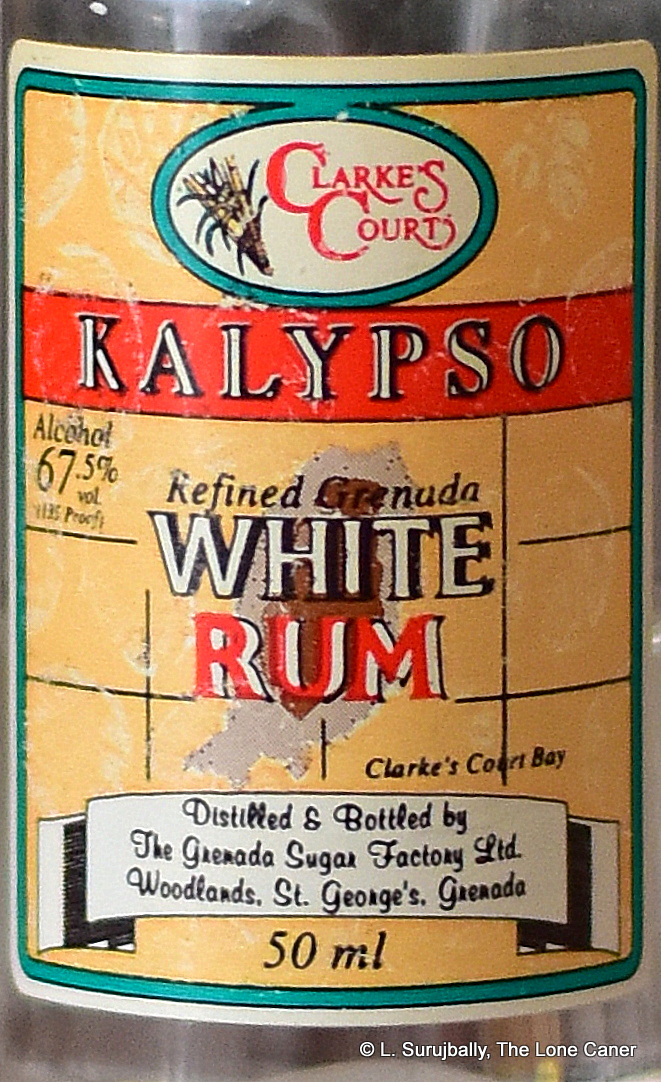
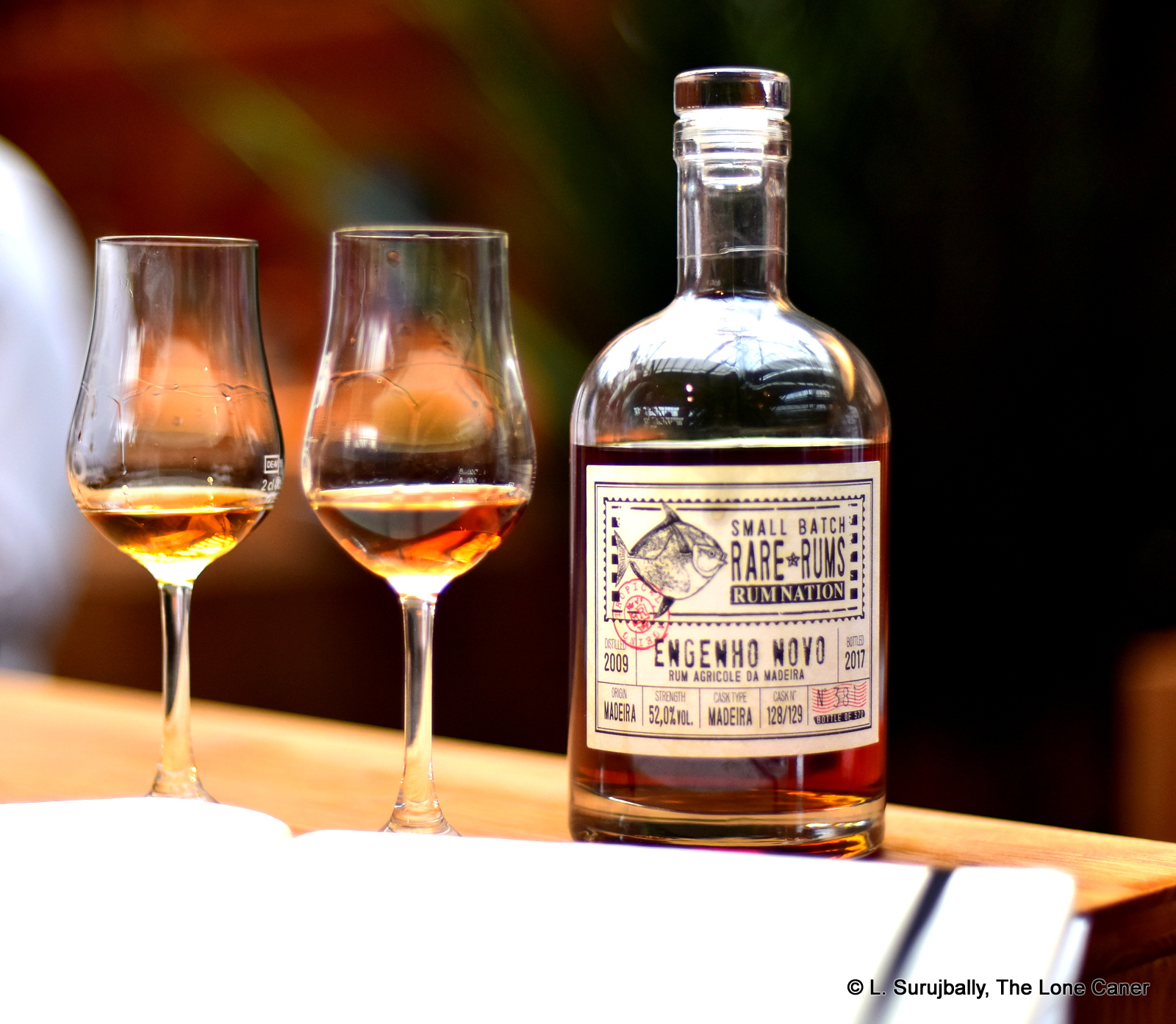
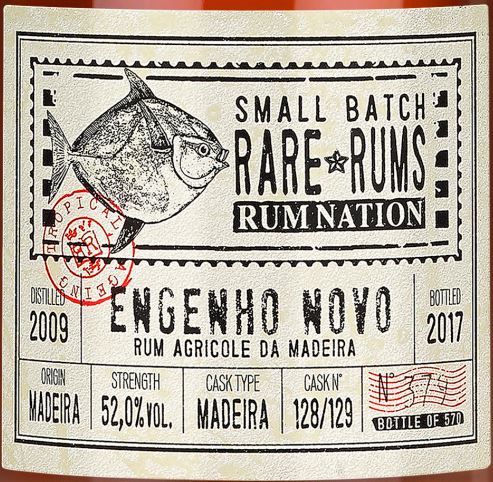 I’ll provide some more background detail in the Other Notes below, but for the moment let’s just read off the fact sheet for the rum which is very helpfully provided on the Rare Rums website and on the bottle label itself. This is a cane juice distillate and can therefore be classed as an agricole-style rhum; distilled 2009 and the four barrel outturn from a column still was aged in Madeira casks, providing 570 bottles in 2017, with a strength of 52%.
I’ll provide some more background detail in the Other Notes below, but for the moment let’s just read off the fact sheet for the rum which is very helpfully provided on the Rare Rums website and on the bottle label itself. This is a cane juice distillate and can therefore be classed as an agricole-style rhum; distilled 2009 and the four barrel outturn from a column still was aged in Madeira casks, providing 570 bottles in 2017, with a strength of 52%.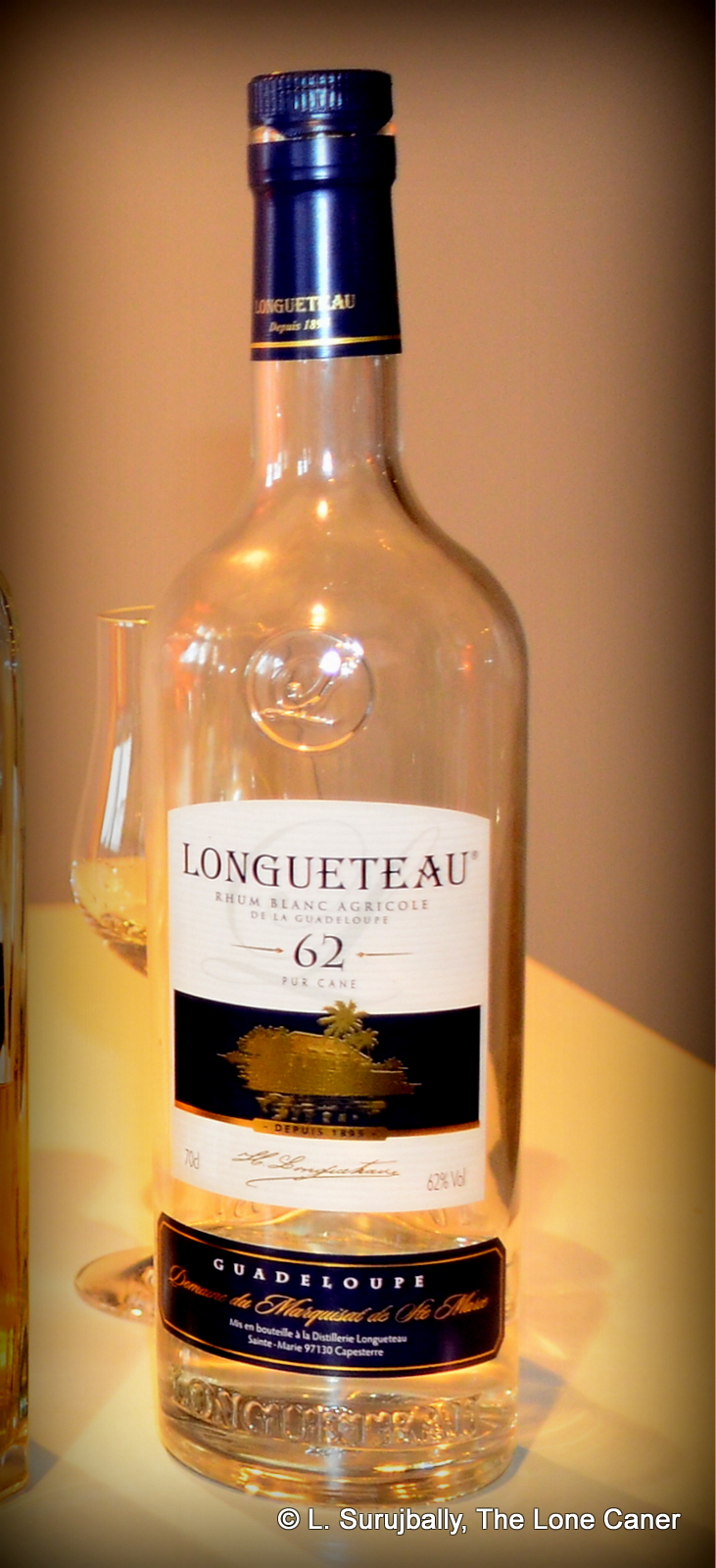 In the last decade, several major divides have fissured the rum world in ways that would have seemed inconceivable in the early 2000s: these were and are cask strength (or full-proof) versus “standard proof” (40-43%); pure rums that are unadded-to versus those that have additives or are spiced up; tropical ageing against continental; blended rums versus single barrel expressions – and for the purpose of this review, the development and emergence of unmessed-with, unfiltered, unaged white rums, which in the French West Indies are called
In the last decade, several major divides have fissured the rum world in ways that would have seemed inconceivable in the early 2000s: these were and are cask strength (or full-proof) versus “standard proof” (40-43%); pure rums that are unadded-to versus those that have additives or are spiced up; tropical ageing against continental; blended rums versus single barrel expressions – and for the purpose of this review, the development and emergence of unmessed-with, unfiltered, unaged white rums, which in the French West Indies are called 